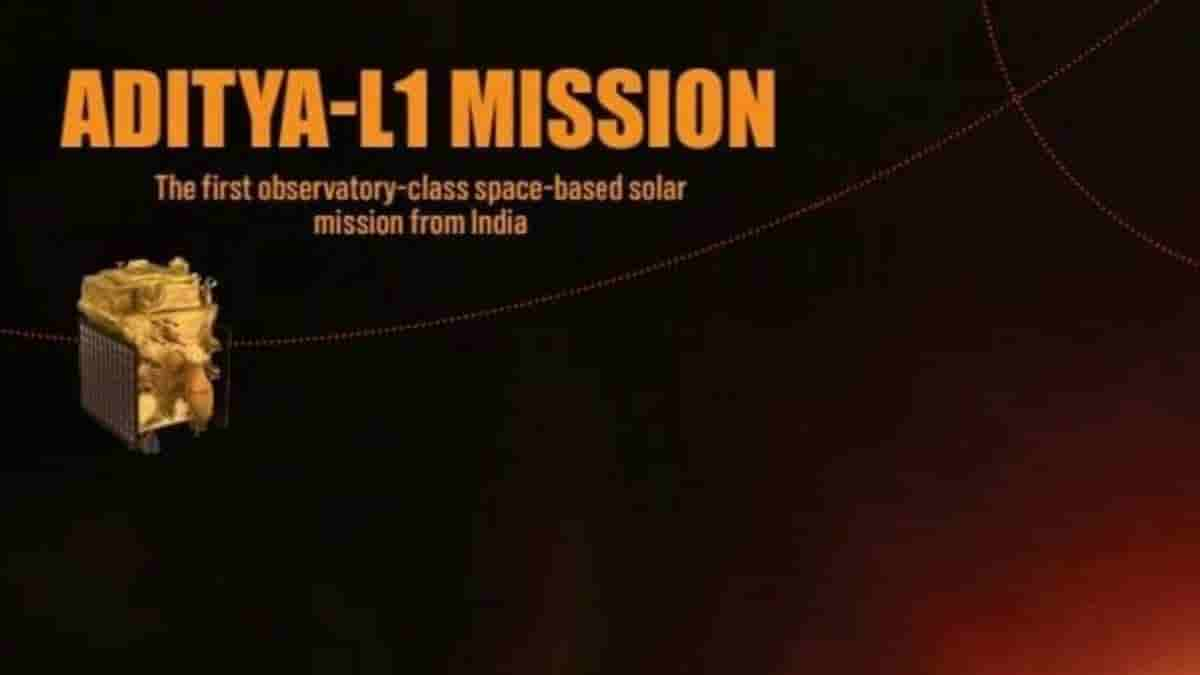After the success of Chandrayan-3, ISRO now set to launch India’s first ever solar observation space mission- Aditya L1 on September 2

August 23- the iconic day on which Chandrayan-3 successfully landed on the moon. Well, the landing was definitely a historic moment not only for ISRO but also for all the Indians as India is now the fourth country to successfully land on the moon. The success of this mission was celebrated by the whole country immensely. Well, it has just been a few days to this big day and ISRO is now heading to achieve one more milestone for the country.
Indian Research Organisation (ISRO) is now all set to launch India’s first-ever solar observation space mission- Aditya L1. This mission will be the first space-based Indian mission to study the sun. It will be launched by ISRO on 2 September 2023 and will take 109 days to reach 1.5 million Km from Earth and its life span will be more than 5 years.
🚀PSLV-C57/🛰️Aditya-L1 Mission:
The launch of Aditya-L1,
the first space-based Indian observatory to study the Sun ☀️, is scheduled for
🗓️September 2, 2023, at
🕛11:50 Hrs. IST from Sriharikota.Citizens are invited to witness the launch from the Launch View Gallery at… pic.twitter.com/bjhM5mZNrx
— ISRO (@isro) August 28, 2023
Objective of Aditya L1 mission
As officially revealed by ISRO the objectives behind the Aditya L1 mission are-
- Study of Solar upper atmospheric (chromosphere and corona) dynamics.
- Study of chromospheric and coronal heating, physics of the partially ionized plasma, initiation of the coronal mass ejections, and flares
- Observe the in-situ particle and plasma environment providing data for the study of particle dynamics from the Sun.
- Physics of solar corona and its heating mechanism.
- Diagnostics of the coronal and coronal loops plasma: Temperature, velocity and density.
- Development, dynamics, and origin of CMEs.
- Identify the sequence of processes that occur at multiple layers (chromosphere, base, and extended corona) which eventually leads to solar eruptive events.
- Magnetic field topology and magnetic field measurements in the solar corona.
- Drivers for space weather (origin, composition, and dynamics of solar wind.
These multiple objectives will help ISRO to have a thorough understanding of how the sun’s activities affect the space environment.


